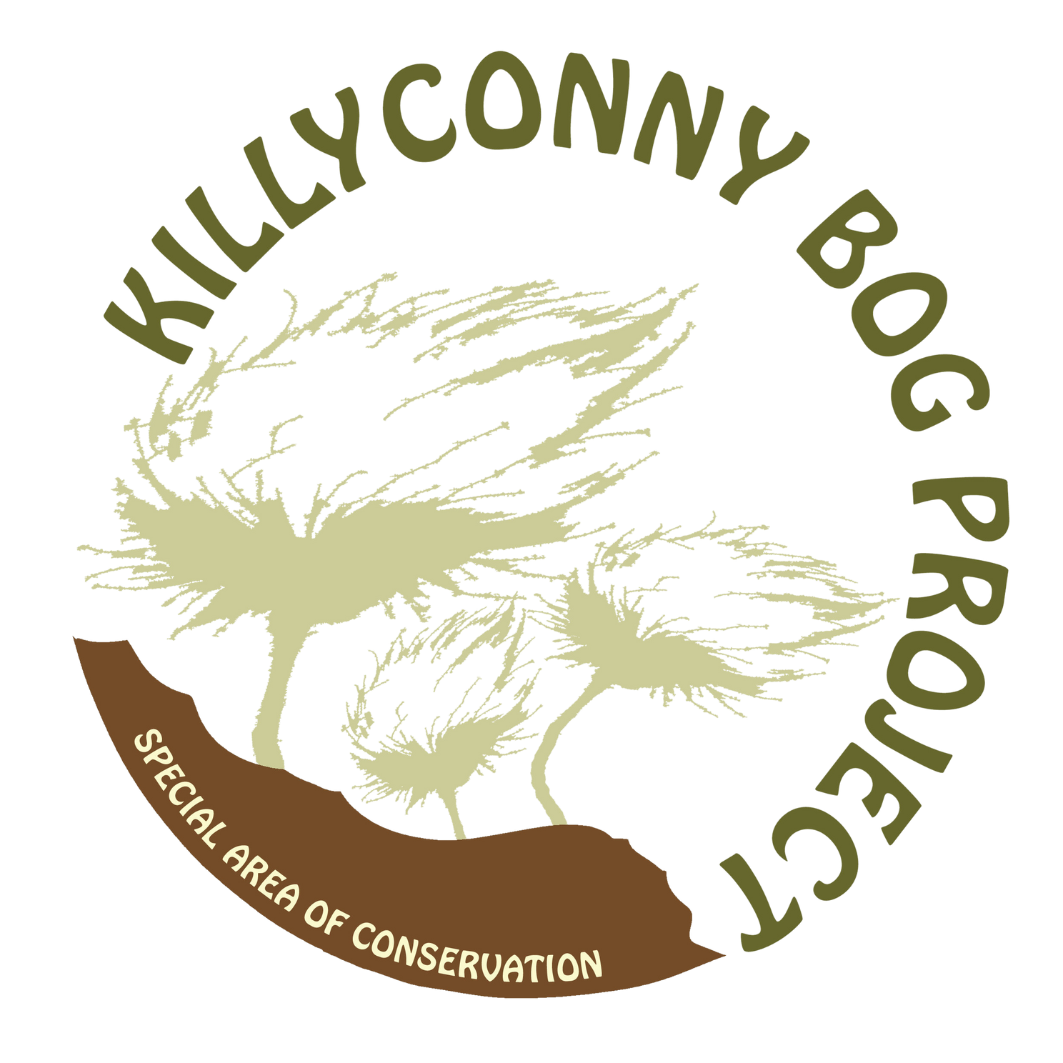KILLYCONNY BOG FAUNA
Animals are present in great variety in Killyconny. Most obvious are the birds of which 43 species were recorded in a Birdwatch Ireland Survey during 2021. In May 2024 two Short-eared owls were seen over the Bog.
Some 16 species of butterfly have been seen in 2020-21, including Green Hairstreaks and Large Heaths, and 77 species of moth have been recorded so far on 19 trap nights 2021-2023. This survey work continues.
Beautiful dragonflies and damselflies are often seen in the summer months, 9 species so far including for the first time in July 2023 the Emperor dragonfly, first recorded in Ireland in Wexford in 2000. It is Ireland’s largest dragonfly.. We’ll keep an eye out for the Irish damselfly, first discovered in Ireland in 1981 and has since been recorded in Co. Cavan.
A valuable survey of the bats in the area was carried out by Tina Aughney of Bat Eco Services during the summer 2021. Seven species of bat were recorded, a great addition to our knowledge of this group at Killyconny.
Foxes, Hares and Pine Marten nearby have also been observed. There is still so much more we need to observe and identify including spiders, beetles (a Green Tiger beetle was seen in 2020), bees, bumblebees, slugs and many aquatic insects in the bog pools such as Water Boatmen and Pond Skaters.
Nature is dynamic and changing; it is very important we continue to add to our knowledge of the Flora and Fauna of Killyconny Bog.
A Bumblebee Survey is being carried out by Alex Hayden this summer of 2024.
Birds:
As there are typically no trees or shrubs growing on a raised bog like Killyconny, birds must nest on the ground. Very few birds actually nest on the ground so only a small number of birds – skylark, meadow pipit, and snipe – breed on killyconny bog.
As the three birds synonymous with the bog all nest on the ground one would be forgiven for thinking that they are difficult to see. Thankfully they all have distinct flight displays to attract a mate so you can stay on the path beside the bog and be treated to really good views of their aerial displays and the skylarks exhilarating song.
One can also see swallows zig-zagging over the heather while they feed on insects and birds of prey like kestrels fly low over the bog hoping to catch meadow pipits and skylarks. The cuckoo which uses the meadow pipit as a host species can also be seen crossing the bog and is often mobbed by the meadow pipits who try to chase it away. The skylark rises vertically and sings (can go up to a 300m). Very often you can hear the male singing, but only when it starts to drop does it become visible as its otherwise just a distant black dot in the sky.
The best time of year to visit the bog to see birds is in early May. By this time, nearly all of our summer migrants have arrived, the trees and bushes along the path are not in full bloom just yet so its possible to spot the birds, and all the male birds are singing their heart out to attract a mate.
Many of the birds that are visible along the path are birds one would encounter in their garden like goldfinch, robin, song thrush, blackbird to name a few. However, some birds like reed bunting and stone chat can be seen and would be very unlikely to turn up in your garden.
Birdwatch Ireland conducted a survey of the birds on the bog and its parameter in 2021 and the list of species can be seen below. This list isn’t exhaustive and reports of additional species are welcome. As much of the activity of the bog occurs in the summer months a visit to the bog in November to February might not produce many birds on the list.
Many bird species are to be found feeding on the margins of the bog where the habitat changes and there is greater cover offered by trees and bushes. The willow, whitethorn, birch, scots pine, gorse and bramble found along the path provide food sources and nesting sites.
Caterpillar of the Beautiful Yellow Underwing Moth
Lesser Bladderwort
Northern Eggar Caterpillar
Large Red Damselfly
Garden Tiger moth
Four-Spotted Chaser Dragon Fly
Green Hairstreak
Merveille du Jour Moth
Dark Tussock Moth
Eyed Hawkmoth












